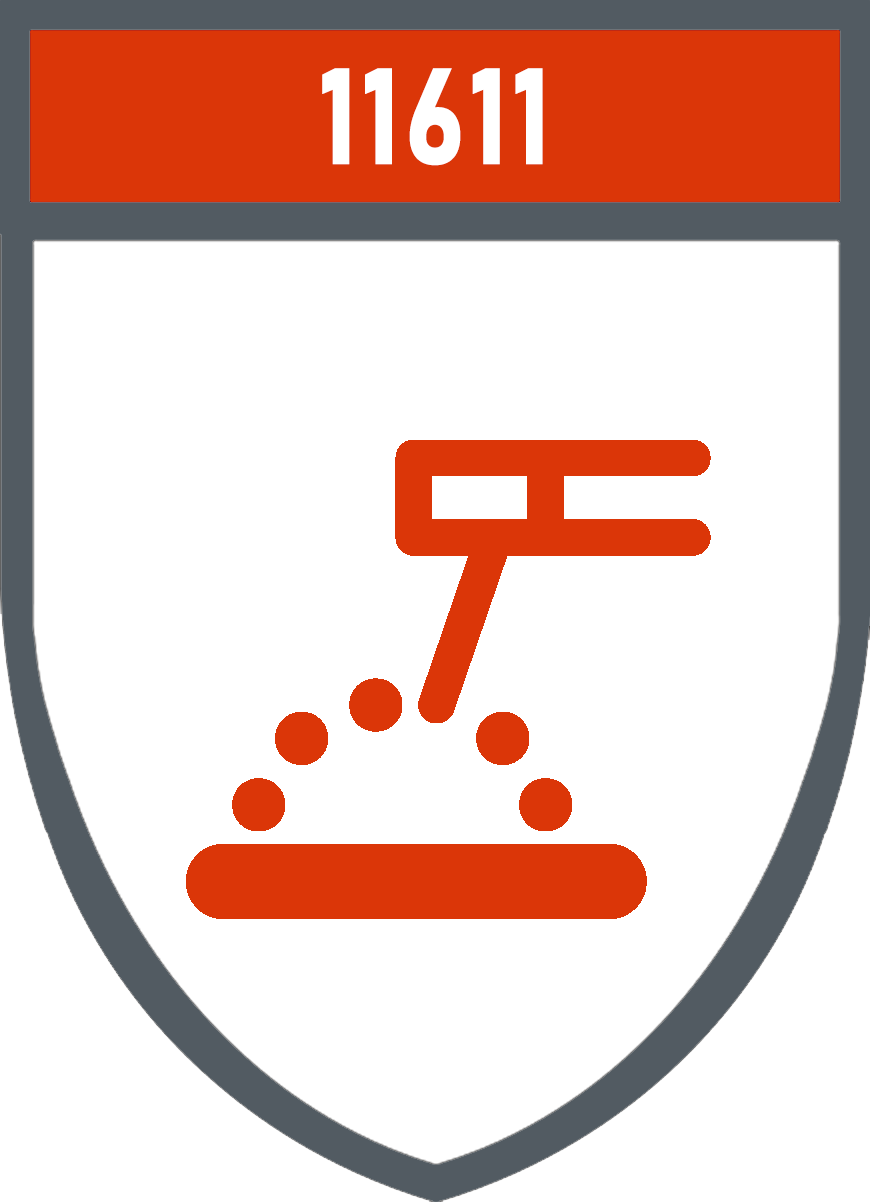-
CATALOGS
KEY ACCOUNTS
-
-
Click for more products.
No products were found.

Category 2 PPE: significant risks.
This protection protects against small splashes of molten metal, brief contact with flames, radiant heat from the arc, and provides a certain degree of electrical insulation in the event of accidental contact with an electrical conductor at a voltage greater than approximately 100 V in continuous current under normal welding conditions.
Certain designs must be adhered to for this PPE: the jacket must overlap the trousers by at least 20 cm, any openings must be closed with a flap, no lapels are allowed, etc.
Tests are carried out on the fabric as well as on the accessories and seams; nothing must catch fire or melt (fastening systems are always tested to ensure that they still work afterwards).
The purpose of PPE is to be a first line of defence against danger, and the wearer must be able to use this garment to move away from danger and, if necessary, be able to remove it quickly.
There are two performance classes depending on the fabric used:
Resists 15 drops before raising the temperature on its reverse side.
Takes at least 7 seconds to conduct heat through the material.
→ Fabric resistance to small splashes and low radiant heat.
Resists 25 drops before raising the temperature on its reverse side.
Takes at least 16 seconds to conduct heat through the material
→ Fabric resistance to small splashes and high radiant heat
And two methods for testing flame spread:
To choose the right performance level for PPE clothing, it is necessary to understand the welding process and related techniques used by the wearer of the clothing.
Type of clothing for welders | Selection criteria relating to the welding process: | Selection criteria relating to environmental conditions: |
| Class 1 | Manual welding technique with slight spatter and droplet formation, for example:
| Operation of machines, for example:
|
| Class 2 | Manual welding techniques that generate significant spatter and droplets, for example:
| Operation of machinery, for example:
|
CATALOGS
KEY ACCOUNTS
Please sign in first.
Sign in
Create a free account to save loved items.
Sign in